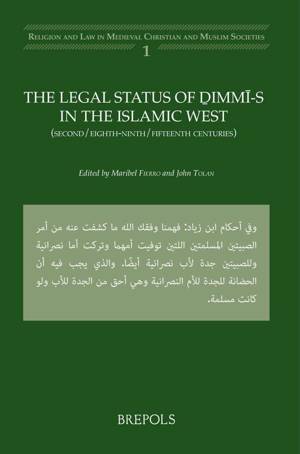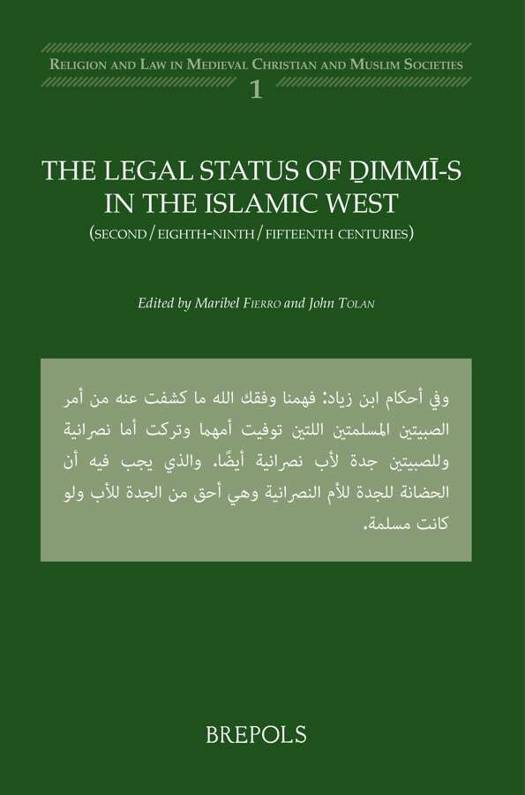
- Afhalen na 1 uur in een winkel met voorraad
- Gratis thuislevering in België vanaf € 30
- Ruim aanbod met 7 miljoen producten
- Afhalen na 1 uur in een winkel met voorraad
- Gratis thuislevering in België vanaf € 30
- Ruim aanbod met 7 miljoen producten
Zoeken
The Legal status of ḏimmī-s in the Islamic West (second/eighth-ninth/fifteenth centuries)
(Second/Eighth-Ninth/Fifteenth Centuries
Maribel Fierro
Paperback | Frans
€ 95,40
+ 190 punten
Omschrijving
The studies brought together in this volume provide an important contribution to the history of dimmi-s in the medieval dar al-islam, and more generally to the legal history of religious minorities in medieval societies. The central question addressed is the legal status accorded to dimmi-s (Jews and Christians) in the Muslim law in the medieval Muslim west (the Maghreb and Muslim Spain).The scholars whose work is brought together in these pages have dealt with a rich and complex variety of legal sources. Many of the texts are from the Maliki legal tradition; they include fiqh, fatwa-s, hisba manuals. These texts function as the building blocks of the legal framework in which jurists and rulers of Maghrebi and Peninsular societies worked.The very richness and complexity of these texts, as well as the variety of responses that they solicited, refute the textbook idea of a monolithic dimmi system, supposedly based on the Pact of 'Umar, applied throughout the Muslim world.In fact when one looks closely at the early legal texts or chronicles from both the Mashreq and the Maghreb, there is little evidence for a standard, uniform dimmi system, but rather a wide variety of local adaptations.The articles in this volume provide numerous examples of the richness and complexity of interreligious relations in Medieval Islam and the reactions of jurists to those relations.
Specificaties
Betrokkenen
- Auteur(s):
- Uitgeverij:
Inhoud
- Aantal bladzijden:
- 416
- Taal:
- Frans
Eigenschappen
- Productcode (EAN):
- 9782503548548
- Verschijningsdatum:
- 13/11/2013
- Uitvoering:
- Paperback
- Formaat:
- Trade paperback (VS)
- Afmetingen:
- 157 mm x 237 mm
- Gewicht:
- 703 g

Alleen bij Standaard Boekhandel
+ 190 punten op je klantenkaart van Standaard Boekhandel
Beoordelingen
We publiceren alleen reviews die voldoen aan de voorwaarden voor reviews. Bekijk onze voorwaarden voor reviews.











